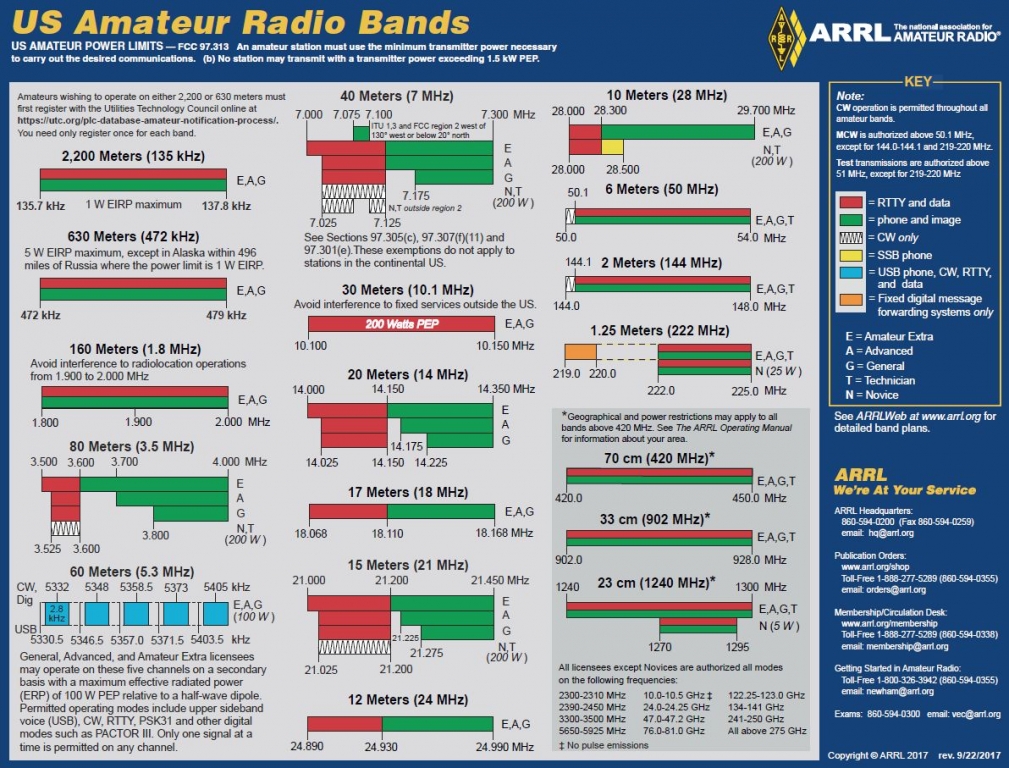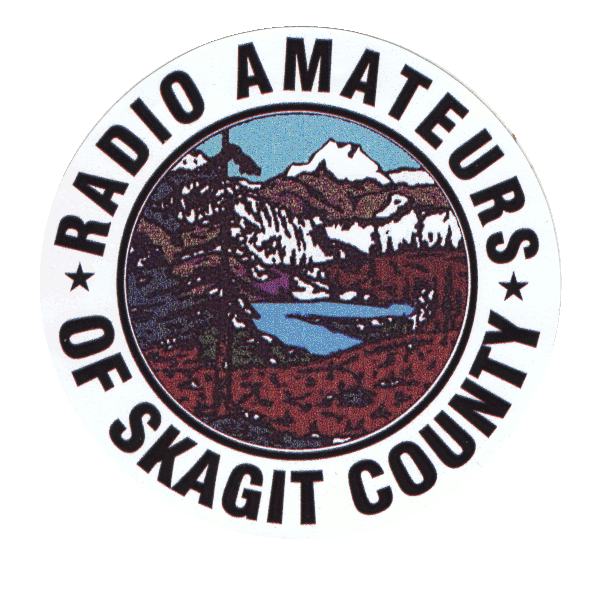Getting your first Amateur Radio license takes some effort, but the rewards you will find in Amateur Radio are worth the effort.
If you have access to YouTube, you can find many videos on the subject of Amateur Radio by doing a search on YouTube. Another good online resource is the American Radio Relay League (ARRL) website at arrl.org .
There are several VHF and UHF repeaters in and around Skagit County. Repeaters are mountain top radio systems that allow us to use mobile or handheld radios to talk over greater distances than is possible just using our personal radios. If you are not licensed, you can monitor Amateur Radio conversations even if you cannot transmit yet. A public safety radio scanner can receive Amateur Radio in the VHF and UHF bands. If you don’t have access to a scanner, a good inexpensive first radio is the BaoFeng UV-5R 8W Ham Radio, which you can usually find on Amazon for around $25. Frequencies can be entered directly into the BaoFeng from the keypad. Radioreference.com is a resource for finding frequencies to monitor in your area. You can also find local Amateur Radio and GMRS frequencies at Repeaterbook.com.
For your Amateur Radio license, you will need to take a written test. You will find a lot of information about test preparation on our website. There are three license classifications in the Amateur Radio Service; Technician, General, and Extra. Each higher class license has a test that is more technical and provides additional privileges on the Amateur Radio bands. The starting license class would be Technician. Tests are administered by volunteer examiners recognized by the FCC. Tests in our area are usually held once a month with the test site alternating between Anacortes for even months and Stanwood for odd months. You can find the testing schedule on our calendar page.
The Radio Amateurs of Skagit County has monthly in-person meetings at the Skagit PUD on Freeway Dr in Mount Vernon. Visitors are always welcome. Our meetings are usually held on the second Friday of each month beginning at 7:00 pm. The meeting room opens at 6:30 pm.
Q-Signals
Q-signals are a system of radio shorthand as old as wireless and developed from even older telegraphy codes. Q-signals are a set of abbreviations for common information that save time and allow communication between operators who don’t speak a common language. Modern ham radio uses them extensively. The table in the link below lists the most common Q-signals used by hams.
While Q-signals were developed for use by Morse operators, their use is common on phone, as well. You will often hear, “QRZed?” as someone asks “Who is calling me?” or “I’m getting a little QRM” from an operator receiving some interference or “Let’s QSY to 146.55” as two operators change from a repeater frequency to a nearby simplex communications frequency.
ITU Phonetic Alphabet
The phonetic alphabet is one way Amateur Radio operators try to eliminate confusion or ambiguity over the airwaves, especially when band conditions are poor.
Q-Signals and the ITU Phonetic Alphabet
The following chart shows privileges and band plan recommendations for each of the frequencies, as granted by the FCC. It is good amateur practice to follow the band plan established by the Amateur Radio community. The band plan was developed so that spectrum allocated for our use is used most effectively.

.
Resources For The New HAM
.
YouTube:
Basics of Getting into Ham Radio
Amateur Radio Technician Class Course (FCC question pool through June 2022)
.
Internet Resources:
Amateur Radio Resources – Ham Radio Academy
.
FCC / Federal Communications Commission
The FCC requires all licensees to have a file reference number (FRN). You can register as a new user and receive your FRN before taking your first test.
FCC Universal Licensing System
If you have questions about how to get started in Amateur Radio, please contact us.

